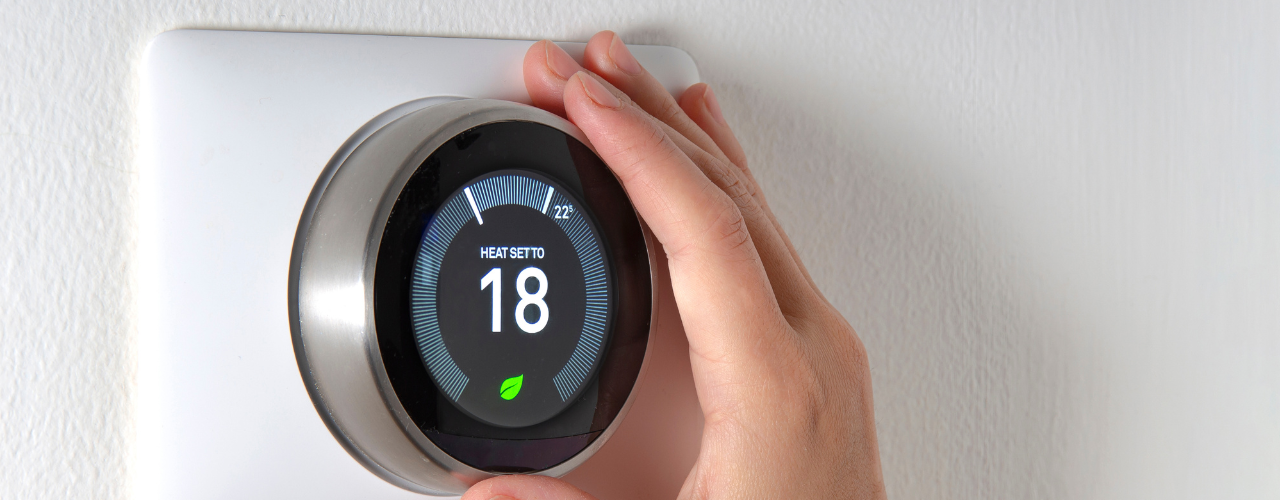Login
Your link will open in a new tab
If this has not happened, please click here
If this has not happened, please click here

In this article, Health and Safety expert, Adam Williams discusses workplace temperature and offers advice to employers on how to manage hot and cold temperatures within the workplace.
The issue of workplace temperatures has been raised several times recently and there still seems to be some misunderstanding surrounding this. Employees believe they can refuse to work or in some cases can go home because temperatures are below or above the “legal” levels. There are no set legal limits. However, employers have a responsibility to ensure they do everything which is reasonably practicable to ensure the workplace temperatures are at a reasonable level.
Responsibility as an employer under Workplace (Health, Safety and Welfare) Regulations 1992, can be a challenge when it comes to managing the temperature in your workplace for the ‘thermal comfort’ of your employees. Thermal comfort describes a person’s state of mind in terms of whether they feel too hot or too cold. How you manage the effects of the temperature of your workplace depends on whether it is indoors or outdoors and the normal operating temperature of that environment.
You should provide:
You can help ensure thermal comfort in warm conditions by:
You can help ensure thermal comfort when working in the cold by:
Personal protective equipment (PPE) is considered to be a ‘last resort’ to protect employees from hazards in the workplace (PPE Regulations 1992).
PPE reduces the body’s ability to evaporate sweat. Additionally, if the PPE is cumbersome or heavy it may contribute to an increase in the heat being generated inside the body.
Wearing PPE in warm/hot environments and/or with high work rates may increase the risk of heat stress.
Removal of PPE after exposure (and where necessary allowing it to dry out or replace with dry PPE before permitting re-entry) will prevent any heat retained in the clothing from continuing to heat the employee.
PPE may prevent the wearer from adapting to their environment by removing clothing because to do so would expose them to the hazard that the PPE is intended to protect them from. Ensure that people wear their PPE correctly (e.g., they do not undo fasteners to increase air movement into the garment) and thereby expose themselves to the primary hazard.
You may require specific advice for your workplace if you are working in very high or low temperatures, for example on heat stress, dehydration, or cold stress.
If thermal discomfort is a risk, and your employees are complaining and/or reporting illnesses that may be caused by the thermal environment, then you should review the situation and if necessary, implement appropriate controls to manage the risks:
Ultimately these measures can be adopted depending on the relevance to your workplace and the work activities. Like all things regarding Health and Safety, consultation with employees is essential.
To find out more information or if you require any advice regarding your workplace temperature, get in touch with our team of experts.
T: 0330 107 1037
E: contact@onehrsoftware.com